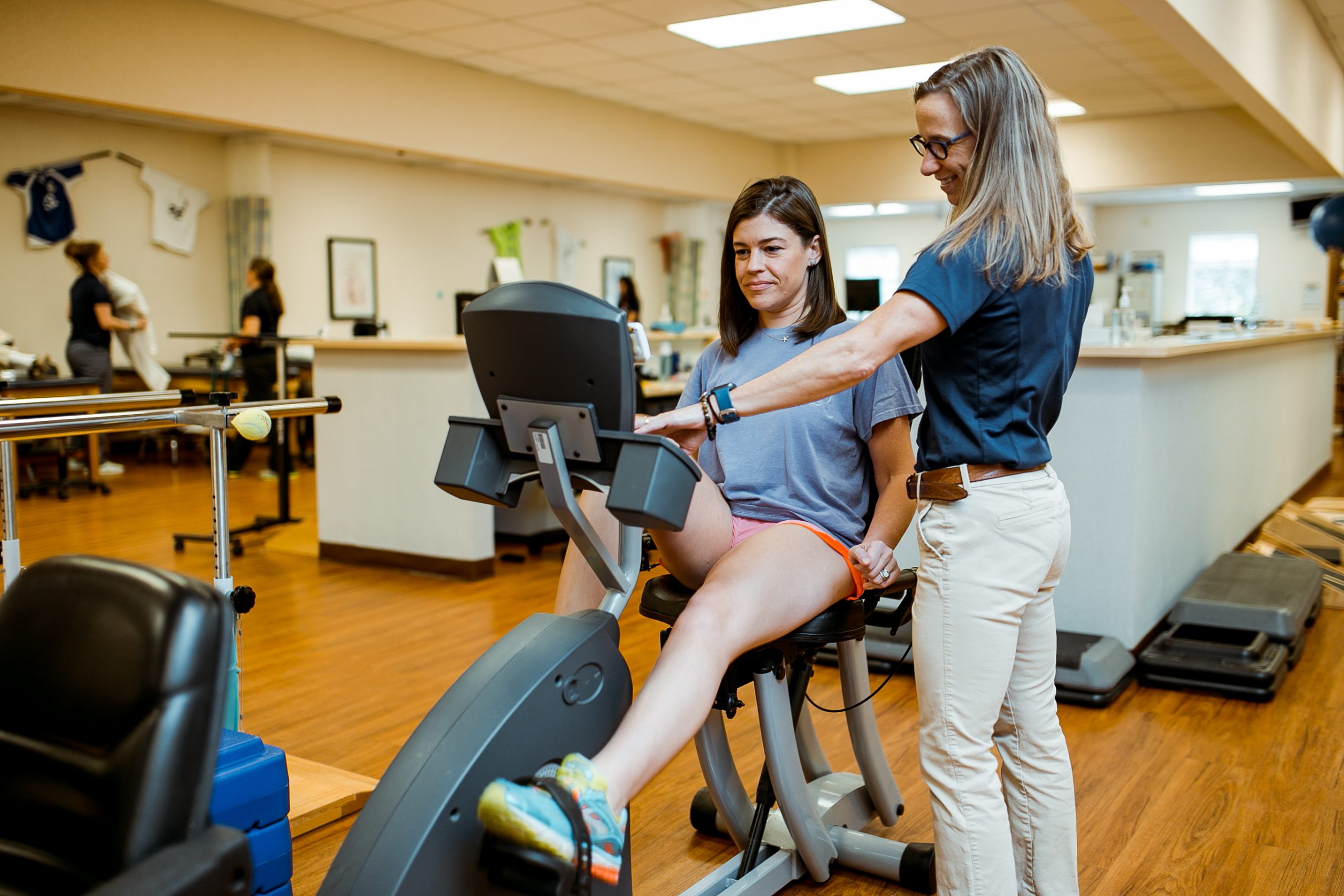Enhancing Efficiency and Reducing Injury Threat via Thorough Assessment of Equilibrium and Stability via Practical Movement Assessment.
Equilibrium and steadiness are crucial components of physical fitness and overall health. They play a critical role in everyday tasks, athletic performance, and injury prevention. When an individual has good balance and stability, they are less likely to fall or sustain injuries during physical activities. One effective way to assess these qualities is through Functional Movement Assessment (FMS). FMS is a method used to analyze movement patterns and identify imbalances or deficiencies that could result to harm.
Practical Motion Assessment includes a sequence of particular tests that examine how effectively a individual functions. The tests concentrate on basic movements such as squatting, lunging, and bending. By observing these movements, trainers and healthcare professionals can identify areas where an person may have difficulty. For example, if someone has difficulty maintaining balance while performing a squat, it may indicate a need for specific workouts to enhance strength and coordination. This assessment not only identifies weaknesses but also helps to track progress over time.

In addition to this to identifying areas for enhancement, FMS plays a vital role in avoiding harm. Full Article Many damages occur as a consequence of poor movement patterns, which can be identified through functional evaluations. By addressing these problems early on, people can lower their risk of injury during sports or other bodily exercises. For example, a runner who demonstrates an imbalance in their stride may be more prone to leg harm. By adjusting these imbalances through specific training programs, the chance of harm can be significantly decreased.
Additionally, improving capability is another advantage of performing a thorough evaluation of equilibrium and stability. Athletes and engaged persons often seek to improve their capability in particular sports or tasks. A thorough understanding of their motion patterns allows trainers to develop customized exercise regimens that target particular deficiencies. By improving balance and steadiness, athletes can enhance their total capability, whether it’s running more quickly, jumping higher, or performing precise movements in their activity.
In summary, the importance click over here of evaluating equilibrium and stability through Functional Motion Assessment cannot be overstated. This thorough evaluation serves as a foundation for enhancing bodily fitness, preventing harm, and enhancing athletic capability. By identifying areas of weakness and putting into action specific training approaches, people can achieve better outcomes in their physical exercises. Emphasizing balance and steadiness not only leads to improved capability but also contributes to a more wholesome, more active way of life.